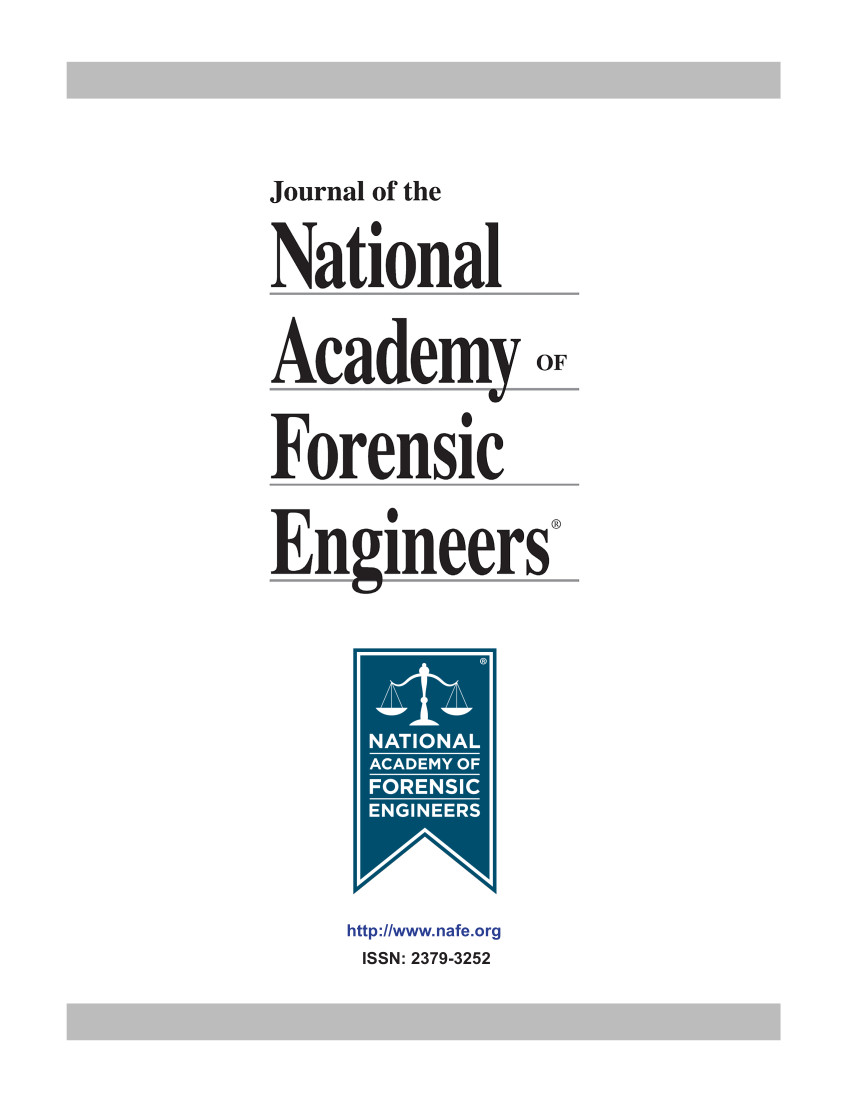New Approaches For Analyzing Hot Water & Other Systems
DOI:
https://doi.org/10.51501/jotnafe.v13i1.539Keywords:
Hot water supplyAbstract
Historically, Analyzing A Hot Water System To Establish Why A System May Run Out Of Hot Water, Why Temperature Fluctuations Occur In Showers, And How Long Are The Delays In Getting Hot Water To Fixtures, Was A Time-Consuming And Kind Of A Hit And Miss Operation. These Tasks Encompassed Having Service Personnel Review The Operation Of The Water Heater, Do Calculations To See That The Water Heater Was The Proper Size, Ascertain What The Physical Configuration Of The Hot Water System Was, And The Lengths Of Various Piping Segments, And Lastly, Take Temperature Readings At Various Locations And Times Throughout The System. Some Of This Data Could Be Obtained With Continuous Temperature Monitoring Equipment, But It Was Very Laborious And The Continuous Chart Recorders Generated Temperature Printout Charts At The Rate Of Two Inches Per Hour, Which Meant Quite A Long Chart For Each Test. Furthermore, The Temperature Readings At Times Could Be Extremely Confusing, As They Overlapped, And It Was Difficult To Find The Maximum And Minimum Points And Discover Repetitive Patterns On The Long Charts.Published
1996-01-01
How to Cite
Saltzberg, Edward W. 1996. “New Approaches For Analyzing Hot Water & Other Systems”. Journal of the National Academy of Forensic Engineers 13 (1). https://doi.org/10.51501/jotnafe.v13i1.539.
Issue
Section
Articles
License
Copyright (c) 1996 National Academy of Forensic Engineers

This work is licensed under a Creative Commons Attribution-NoDerivatives 4.0 International License.
All rights © Journal of the National Academy of Forensic Engineers.
Full statement regarding the author's license of copyright to the NAFE is shown on the Copyright section of the Submissions Page.






